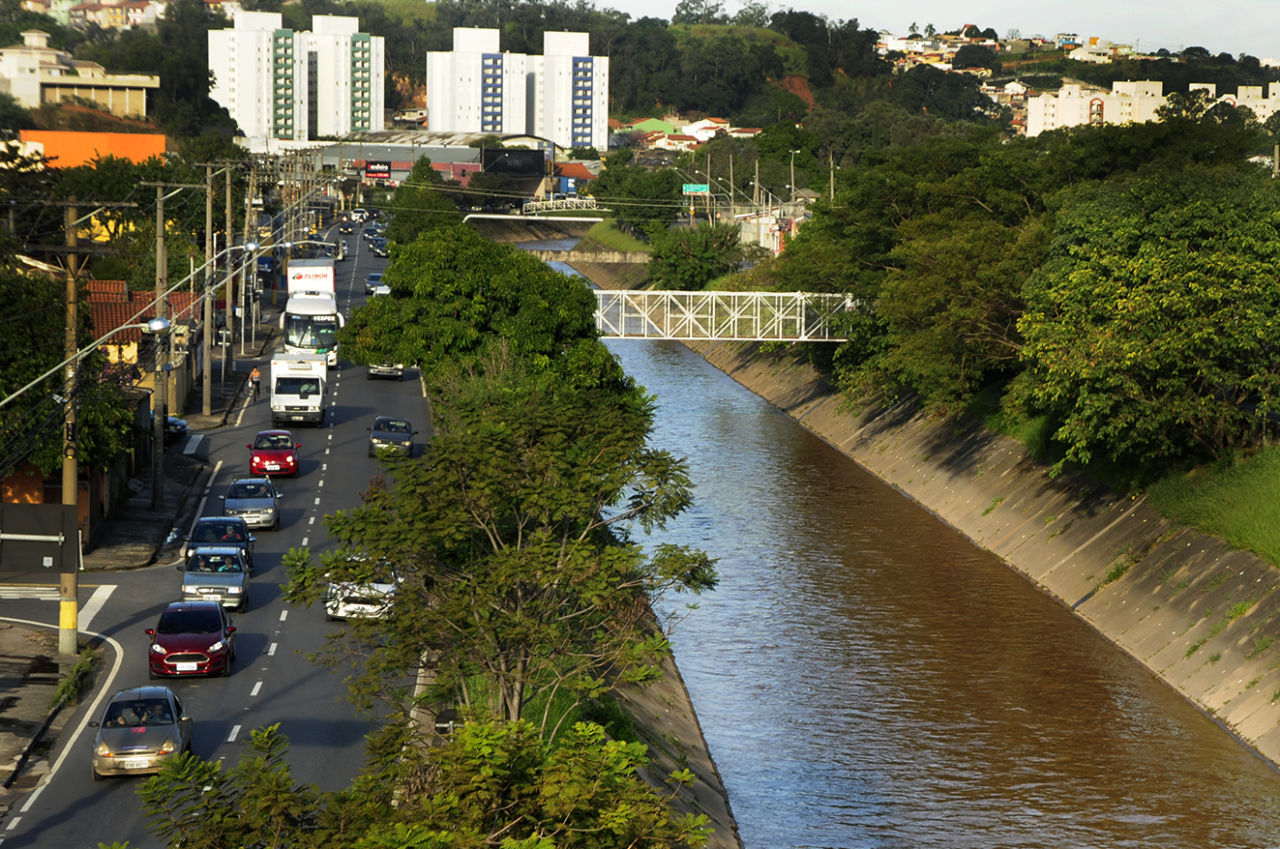RIO DE JANEIRO, BRAZIL – Good news for nature and humankind. The Jundiaí River, in the interior of São Paulo State, has been depolluted and the fish are back.
The river flows through Mariporã, Atibaia, Campo Limpo Paulista, Várzea Paulista, Jundiaí, Itupeva, Indaiatuba, and Salto, between São Paulo and Campinas.

The clean-up process began 34 years ago, with the establishment of the Jundiaí River Rehabilitation and Studies Committee (CERJU).
In 2017, it was reclassified and changed from class four to three, which resulted in a healthier and more habitable river for the fish.
Two years after rehabilitation, herons and other birds also returned to the surroundings of the Jundiaí River, in order to feed on small fish in the water.
Now an inspection is under way to ensure that the river is kept clean.
“We have to act preventively by inspecting and monitoring potential sources of pollution, but we also have to think about the Jundiaí River in an integrated and context-sensitive way as a river basin. This requires the engagement of all municipalities through which it flows. The preservation of a water body must be diverse,” said Martim Ribeiro, director of Jundiaí’s water company.
In order to clean up the river, interceptors, emissaries, collector networks and sewage treatment plants were built, which allowed the collection, removal, and treatment of domestic and industrial sewage, until then being discharged into the river.
Thinking of depollution is also thinking of actions and projects to prevent the city’s sewage from reaching the river waters, as the Sanitation Company of Jundiaí (CSJ) has done.
“The work in the municipality has been effective. In CSJ’s laboratory, monthly samples are taken and analyzed to determine the parameters of biochemical demands for oxygen, dissolved oxygen, turbidity and nutrients. The collections are carried out before and after CSJ, so that we may also understand the effects of the contribution of treated sewage on the river,” said Agnes Janaina Tezotto Gutierrez, coordinator of the laboratory.
The project will plant 60 seedlings of Ipê (Handroanthus) on the banks of the Jundiaí River.
An exhibition of the winning works of the Jundiaí River Valley Ideas Competition is open at the Professor Nelson Foot Library at Avenida Dr. Cavalcanti, 396, in Jundiaí.

